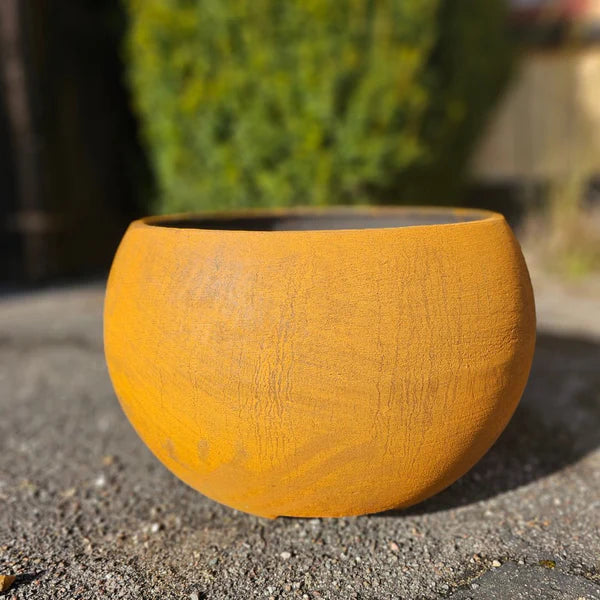Reusability, longevity and strength - CAST IRON

Cast iron is a remarkable material that has a long history for both its durability and sustainability. In connection with circular recycling, cast iron is an excellent example of how materials can be used in a way that minimizes waste and optimizes resource utilization. We'll take a closer look at why cast iron is a fantastic product that can be reused, recycled and has a lifespan of over 100 years, making it an indispensable part of a sustainable future.
Long life and durability
Cast iron is known for its enormous durability, which is one of the primary reasons why it can last for over 100 years. Products made of cast iron, such as pots, pans, stoves or even building structures, have proven to withstand the test of time. The natural strength of the material means it is resistant to wear, corrosion and daily use, reducing the need to replace it with new products.
This longevity is a key factor in the circular economy, as it means that products remain in use longer and the need to produce new resources is significantly reduced. Every time we can avoid replacing an item, we save the resources and energy that would be needed to manufacture a new one. It is not only an economically sensible choice, but also an environmental advantage.
Reusability
One of the most impressive properties of cast iron is its ability to be recycled almost endlessly without losing its quality. In a circular economy, it is essential that materials can be recycled so that we can reduce the amount of waste and preserve valuable resources. When a cast iron product reaches the end of its useful life, it can be remelted and recast into a new product. This process can be repeated over and over again, making cast iron one of the most sustainable materials in terms of recycling.
This ability to be reused and recycled reduces waste and makes cast iron an attractive choice in connection with the circular economy. By promoting reuse and recycling, we can reduce the amount of waste that ends up in landfills and reduce the need to extract new raw materials.
No Waste: Minimal Replacement
When we talk about the circular economy, one of the most important goals is to minimize waste. Cast iron is ideal in this context because it requires minimal maintenance and very rarely needs to be replaced. Unlike many other materials that wear out over time and must be discarded, cast iron products can be repaired and refreshed, further extending their lifespan. This makes it possible to use the same product for generations without the need to manufacture new ones.
This lifetime makes it possible to reduce the need for production, which saves resources and reduces the environmental impact of manufacturing and transporting new products. There is simply less need to replace cast iron, making it one of the most durable and environmentally friendly materials on the market.
Conclusion
Cast iron is a fantastic product seen through the lens of the circular economy. Its long life, incredible durability and ability to be reused and recycled make it an ideal material in the fight to reduce waste and conserve resources. For over 100 years, cast iron products can perform their function without needing to be replaced, which means that there is almost no waste associated with the material. This reduces both the environmental impact and the resources that must be used to manufacture new products. By choosing cast iron, we not only promote a sustainable future, but also contribute to a circular economy where nothing goes to waste.
Leave a comment